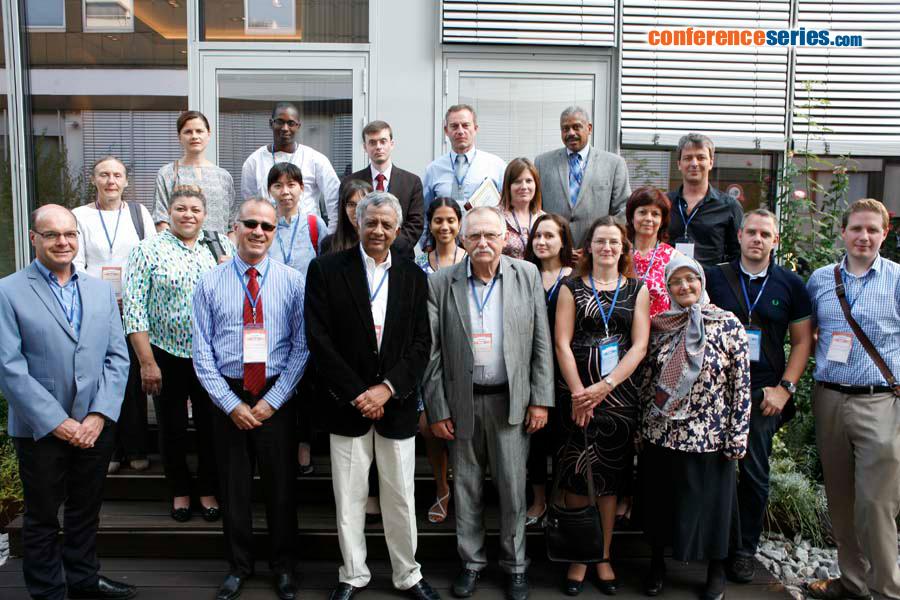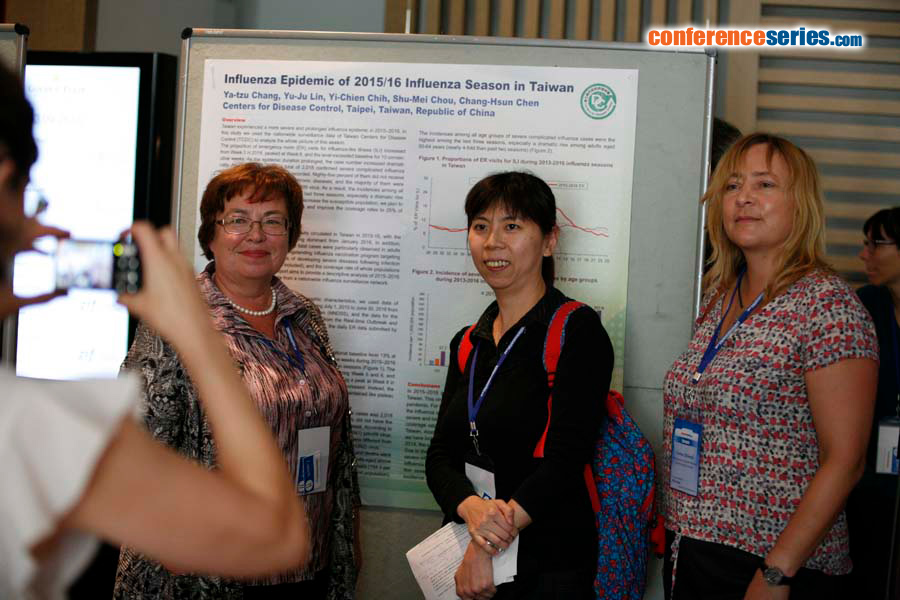
Tatyana Ilyicheva
Vector State Research Center of Virology and Biotechnology, Russia
Title: Influenza in Russia in 2014-2016
Biography
Biography: Tatyana Ilyicheva
Abstract
In 2014–2015, fifteen influenza A(H3N2), two A(H1N1pdm09), and one B (Yam) virus strains were isolated from autopsy and clinical material from individuals with severe course of influenza-like disease. In 2015–2016, we isolated 105 influenza A(H1N1pdm09), one influenza A(H3N2) viruses from autopsy material, and 226 influenza A(H1N1pdm09) and four influenza A(H3N2) viruses from nasopharyngeal swabs. Virus A/Khabarovsk/6/2015 (H3N2) showed reduced sensitivity to oseltamivir (18-fold below normal). All other viruses exhibited normal inhibition by oseltamivir and zanamivir. Ð(H1N1pdm09) viruses were antigenically characterized as A/California/07/2009-like. Their HA gene sequences fell into genetic group 6B, the predominant genetic group. H3N2 isolated viruses were characterized as A/Hong Kong/4801/2014-like and A/Switzerland/9715293/2013-like, their HA gene sequences belong to genetic groups 3C.2a and 3C.3a, respectively. Influenza B virus was antigenically similar to B/Phuket/3073/2013, its HA sequence belongs to genetic group Y3. In 2014, we isolated influenza A(H5N8) virus from a Eurasian wigeon (Anas penelope) in Eastern Siberia. The strain A/wigeon/Sakha/1/2014 (H5N8) was shown to be pathogenic for mammals. It is similar to the strains that caused outbreaks in wild birds and poultry in Southeast Asia and Europe in 2014. In spring 2015, we isolated tree influenza A(H5N1) viruses from wild birds in the South of Western Siberia. All strains were pathogenic for mammals and showed reduced anti-neuraminidase drug sensitivity. In total 3,888 human blood serum samples were collected in October–November, 2014 in Russia. The presence of antibodies to influenza viruses in the sera was tested in hemagglutination inhibition test. None of the samples produced positive results with influenza A(H5N1), A(H5N8), and A(H7N9) viruses.




